What is the historical development of ocean science also known as oceanography? For a long time, the oceans have been the world’s least understood phenomena. But as knowledge of marine life improved and the topography of the ocean floor was mapped, new techniques were developed that led to some ocean discoveries.
Origin of oceanography
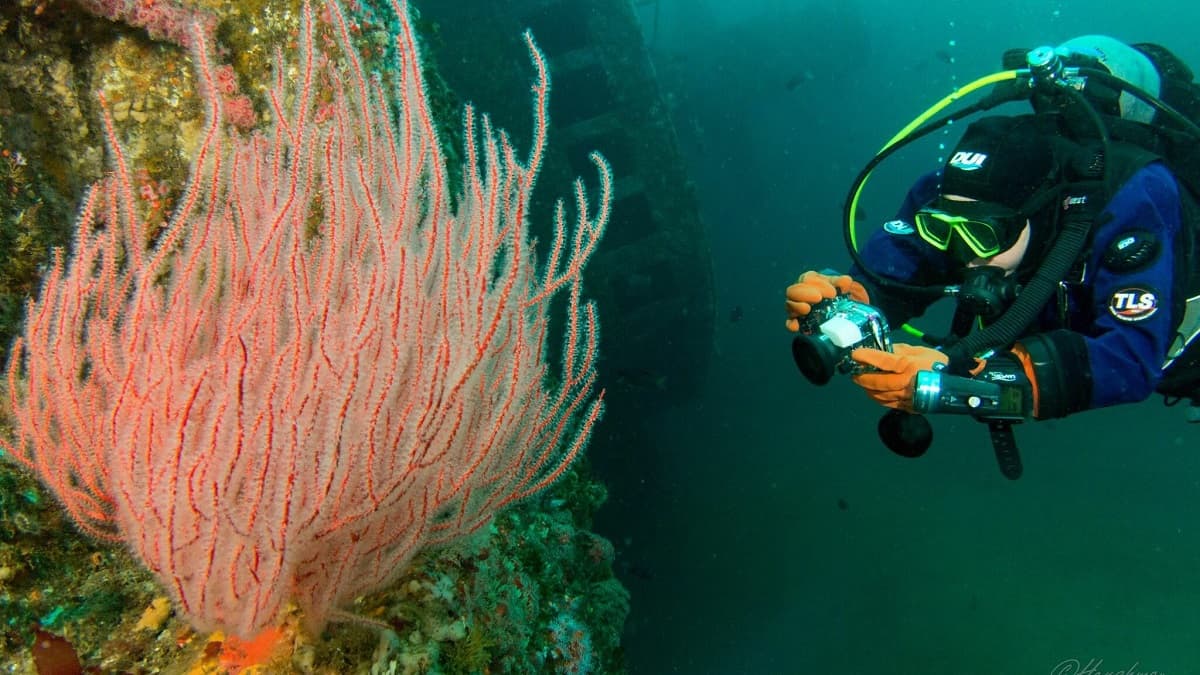
The first records of marine exploration date back 3,000 years to the Phoenicians, who made charts to locate places and used weights to descend into the depths of the ocean. The ancient Greek philosopher Aristotle was one of the first thinkers to think about marine life, and other ancient Greeks developed instruments to enable ships to be located when they were far from shore.
But the open oceans remained unexplored by westerners until Christopher Columbus sailed westward in the 1400s, hoping to find land on the far side of the Atlantic. This paved the way for further voyages of discovery, such as Ferdinand Magellan’s circumnavigation of the ocean, which eventually revealed the size of the world’s oceans and allowed cartographers to make new and better maps.
Scientific attempts to work beneath the ocean’s surface began in the 19th century. The first surveys were done with chain drills and samples from nets. After the Second World War, the invention of sonar helped map the ocean floor. More recently, advanced sonars, satellite techniques and submarine fleets have helped us learn about marine life and ocean currents as well as the geography of the ocean.
Historical timeline of oceanography
1200-250 BC – Phoenician merchants
The first Phoenician sailors dive to the seabed to find canals. They use the first coins to make trade possible.
500-200 BC – Greek marine science
During this time Aristotle describes many species such as crustaceans, mollusks, spiny-skinned animals and fish.
80 BC – Antikythera mechanism
The Greeks developed instruments such as the Antikythera mechanism in the form of a clockwork to navigate the sea and plot the movements of the sky.

1492 – Columbus’ voyage
The voyage of the Italian navigator Christopher Columbus to America shows that it is possible to cross the Atlantic and even circumnavigate the globe by ship.
1519-22 – Strait of Magellan
Portuguese explorer Ferdinand Magellan was the first person to cross the Atlantic to the Pacific, discovering the Strait of Magellan on the way.
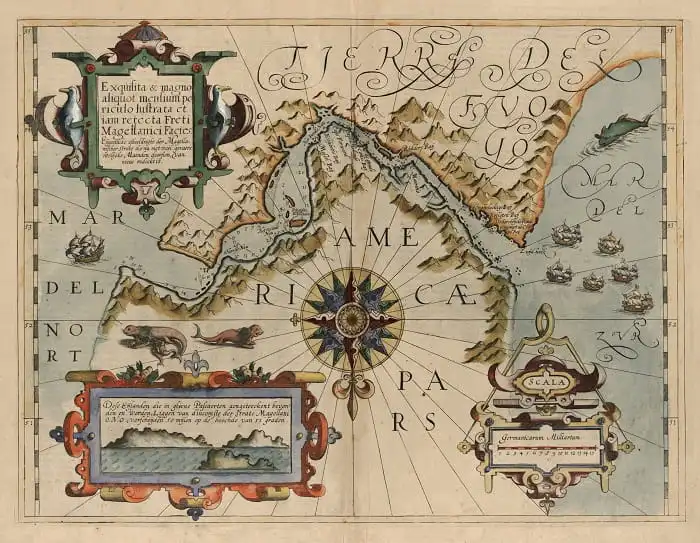
1769-71 – Captain Cook’s Endeavor
British admiral James Cook voyaged to the Southern Oceans. He is the first European to reach New Zealand and Australia.
1842 – Matthew Maury
Considered the “father of oceanography”, the American naval officer Maury compiled nautical charts of the world’s oceans.
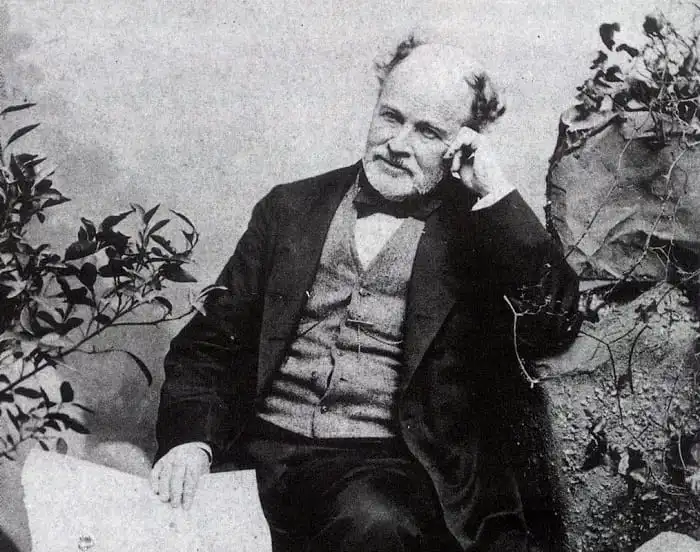
1872-76 – HMS Challenger
HMS Challenger collects an enormous amount of data about the ocean during its journey around the world.
1956 – Mid-ocean ridge
American oceanographers Marie Tharp and Bruce Heezen discover the mid-ocean ridge – the underwater ridge running along the sea floor in the Atlantic.
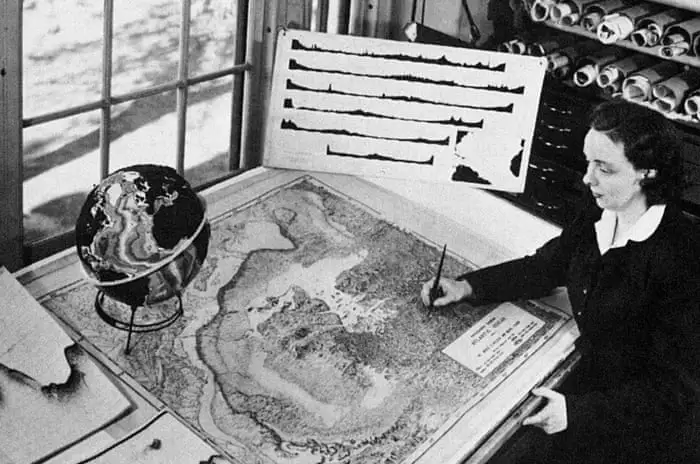
1960 – Diving to the bottom
The Trieste bathyscaphe (submersible ship) dives 10,911 meters down into the Mariana Trench in the Pacific to make the first dive to the deepest part of the ocean.
1968 – Deep sea drilling
Rock samples from the Mid-Atlantic Ridge show magnetization, proving that the ocean floor is actively expanding.
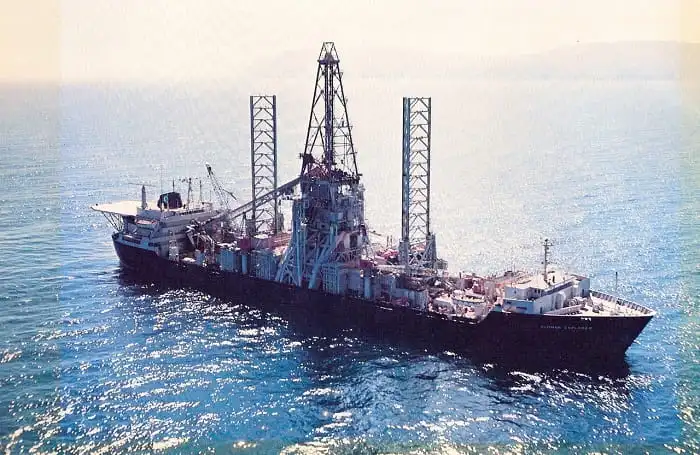
1977 – Ocean floor
Marie Tharp and Bruce Heezen make the first accurate relief map of the floors of all the world’s oceans using data recorded by sonar.
1984 – Nautile
The Nautile bathyscaphe was used to film the wreckage of the RMS Titanic and search for the black box of Air France Flight 446, which crashed in the Atlantic Ocean in 2009.

2000-10 – Marine census
The Census of Marine Life, cataloging the diversity of life across the oceans, was completed in 2010 after 10 years it was started. The best estimates of known marine species ranged from 230,000 at the beginning of the census to at least 244,000 by the end of the census. The Megaleledone setebos octopus is one of many interesting discoveries.
2012 – Deepsea Challenger
Canadian filmmaker James Cameron travels to the floor of the Mariana Trench in the submarine Deepsea Challenger and makes a movie about life there.


